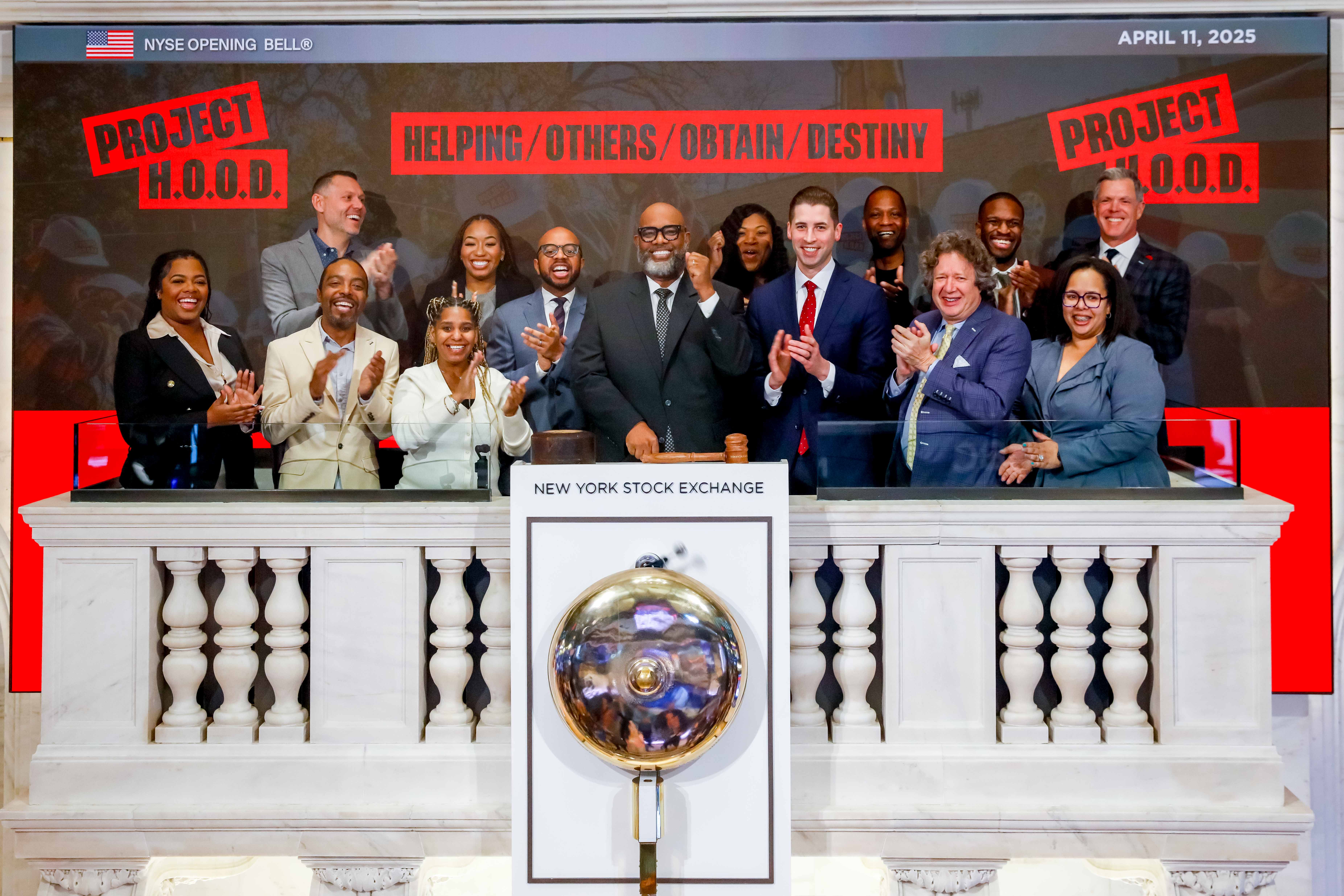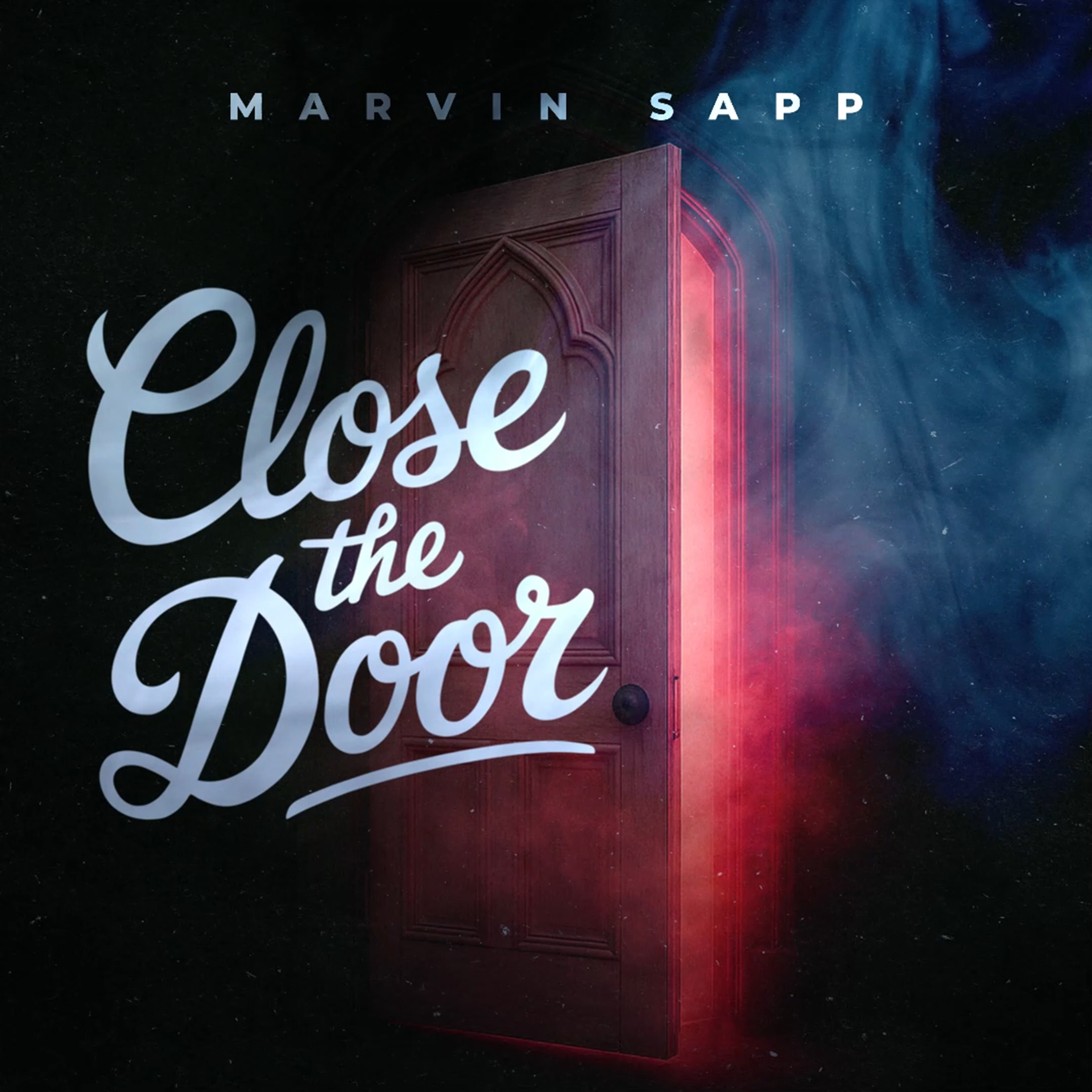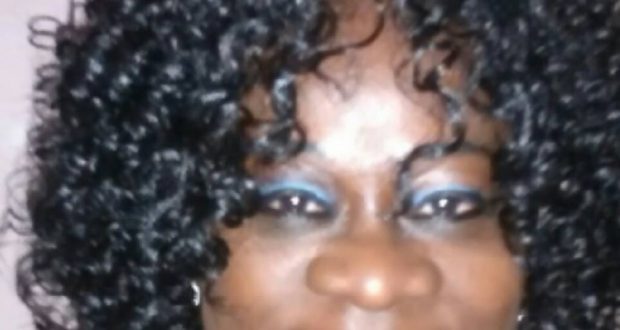United Aviate Academy’s first class of students is 80% women or people of color, outpacing the airline’s goal to train about 5,000 new pilots at the school by 2030 with at least half being women or people of color
Unprecedented training commitment will dramatically expand access to lucrative and rewarding careers while upholding United’s world-class safety and training standards
United CEO Scott Kirby, United President Brett Hart, and other officials on hand at Phoenix Goodyear Airport to officially open new school and welcome students
GOODYEAR, Arizona, Jan. 27, 2022 – United, the only major U.S. airline to own a flight training school, officially opened United Aviate Academy today and welcomed a historic inaugural class of future pilots, 80% of whom are women or people of color. United Aviate Academy is a key part of the airline’s goal to train about 5,000 new pilots at the school by 2030, with at least half women or people of color. This unprecedented training commitment will dramatically expand access to this lucrative and rewarding career while upholding United’s world-class safety standards.
Last summer, United unveiled its ambitious United Next strategy to revolutionize the United flying experience and introduce more than 500 new, narrow-body aircraft into its fleet to match the anticipated resurgence in air travel. United plans to hire at least 10,000 new pilots by 2030 to meet this need with about 5,000 of those coming from United Aviate Academy.
United Chief Executive Officer Scott Kirby and United President Brett Hart were joined today by Federal Aviation Administration Deputy Administrator Brad Mims and other government officials at the Phoenix Goodyear Airport to welcome the new students. The group also outlined United’s plan to help break down some of the barriers to entry through targeted recruiting, strategic partnerships and scholarship and financial aid solutions.
“Our pilots are the best in the industry and have set a high standard of excellence,” said Kirby. “Recruiting and training even more people who have that same level of talent, motivation and skill is the right thing to do and will make us an even better airline. I couldn’t be prouder of this first group of students and look forward to meeting the thousands of talented individuals who will pass through these doors in the years to come.”
Unfortunately, for many people becoming a pilot seems not only out of reach financially, but completely unimaginable. According to the U.S. Bureau of Labor Statistics, only 5.6% of pilots are women and 6% are people of color. Earning a commercial pilot’s license in the U.S. can cost about $100,000 and becoming an Airline Transport Pilot requires 1,500 hours of flight time, which requires a significant commitment.
United and JPMorgan Chase & Co. have renewed last year’s commitment to fund nearly $2.4 million in scholarships for future aviators attending United Aviate Academy. The airline also directly works with the following organizations to educate prospects about the benefits of becoming a pilot and to find candidates for scholarship opportunities:
- Organization of Black Aerospace Professionals
- Sisters of the Skies
- The Latino Pilots Association
- The Professional Asian Pilots Association
United currently has about 12,000 pilots, and Captains of United’s Boeing 787s and 777s can earn more than $350,000 per year. In addition, United pilots receive one of the highest 401(k) matches in the nation – 16% of base pay.
United Aviate Academy expects to train at least 500 students annually as one part of United recruiting as the carrier works toward hiring at least 10,000 pilots by 2030. Aviation consulting firm Oliver Wyman estimates a worldwide pilot shortage of 34,000 aviators by 2025.
United Aviate Academy’s first class is undergoing a year-long training program that sets them up for a career that reflects United’s high standard of professionalism and deep commitment to delivering a safe, caring, dependable and efficient travel experience. After completing their training at the academy, students can build flight and leadership experience while working within the Aviate pilot development ecosystem at partner universities, professional flight training organizations and United Express carriers on their way to becoming United pilots.
“As a United pilot for more than 32 years, it’s exciting to see these new students earning their wings and beginning their aviation careers, and I’m looking forward to them joining me on the flight deck one day,” said United Chief Pilot Mary Ann Schaffer. “We need more pilots and a more diverse pool of young aviators, and United Aviate Academy will help us achieve both goals.”
United worked closely with multiple organizations, cities, and elected officials to help make the academy a reality for aspiring pilots who otherwise may not have pursued a career in aviation. The airline extends its gratitude to Arizona Governor Doug Ducey and his office; the Arizona Commerce Authority; the City of Phoenix and Mayor Kate Gallego; and the City of Goodyear and Mayor Joe Pizzillo and the late Mayor Georgia Lord.
United Aviate Academy
The 340,000 square-foot United Aviate Academy facility at Phoenix Goodyear Airport includes world-class features such as:
- Leasing a fleet of late-model Cirrus SR-20 series single-engine aircraft, which feature advanced safety characteristics
- Nearly 50,000 square feet of office space
- Multiple aircraft hangars
- Dormitory rooms for student housing with ample room for expansion
- Proximity to many auxiliary airfields in the Phoenix area
- Favorable weather for year-round flight training
For more information on United Aviate Academy, please visit unitedaviate.com/academy or @unitedaviate on Instagram. United Aviate Academy is also hiring Certified Flight Instructors – you can read more about it here or apply here.
United Next
United is more focused than ever on its commitment to customers and employees. In addition to today’s announcement, United has recently:
- Launched an?ambitious plan?to transform the United customer experience by adding and upgrading hundreds of aircraft as well as investing in features like larger overhead bins, seatback entertainment in every seat and the industry’s fastest available Wi-Fi.
- Announced a goal to create 25,000 unionized jobs by 2026 that includes careers as pilots, flight attendants, agents, technicians, and dispatchers.
- Announced that United will train about 5,000 pilots by 2030 through the United Aviate Academy, with the goal of at least half being women and people of color.
- Required all U.S. employees to receive a COVID-19 vaccination.
- Became the first airline to offer customers the ability to check their destination’s travel requirements, schedule COVID-19 tests and more on its mobile app and website.
- Invested in emerging technologies that are designed to decarbonize air travel, like an agreement to work with urban air mobility company Archer, an investment in aircraft startup Heart Aerospace and a purchase agreement with Boom Supersonic.
- Committed to going 100% green by reducing our greenhouse gas emissions by 100% by 2050, without relying on traditional carbon offsets.
- Eliminated change fees for all economy and premium cabin tickets for travel within the U.S.
About United
United’s shared purpose is “Connecting People. Uniting the World.” In 2019, United and United Express® carriers operated more than 1.7 million flights carrying more than 162 million customers. United has the most comprehensive route network among North American carriers, including U.S. mainland hubs in Chicago, Denver, Houston, Los Angeles, New York/Newark, San Francisco and Washington, D.C.? For more about how to join the United team, please visit?united.com/careers?and more information about the company is at united.com. United Airlines Holdings, Inc. is traded on the Nasdaq under the symbol “UAL”.
 Westside Story Newspaper – Online The News of The Empire – Sharing the Quest for Excellence
Westside Story Newspaper – Online The News of The Empire – Sharing the Quest for Excellence








